How much does digital advertising cost?
Let's now talk about digital advertising costs. Prices can vary depending on the platform, type of advertisement, target audience, and competitiveness in your industry. Here is a general overview:
- Search Engine Advertising: The CPC (Cost Per Click) can range from cents to dollars depending on the keywords' competitiveness and your industry.
- Social Media Advertising: Platforms like Facebook and Instagram offer pricing options. On average, CPCs can fall between $0.50 and $2.00.
- Display Advertising: The costs for display ads can also vary; typically, average CPCs range from $0.50 to $5.00, while cost per thousand impressions (CPM) can go from a few dollars up to over $10.
- Email Advertising: Email advertising is often seen as a cost option; however, costs will depend on whether you're using a paid email service provider & size of your email list.
- Video Advertising: Platforms, like YouTube, typically have costs per view (CPVs) ranging from $0.01 to $0.30. This may vary depending on factors like targeting and competition.
- Native Advertising: The costs associated with advertising can differ significantly from display ads due to their integrated nature and higher engagement rates.
- Retargeting Advertising: Retargeting campaigns generally boost conversion rates. It can be more cost-effective. The actual cost per click (CPC) will depend on the platform used and the specific targeting criteria.
- Influencer Advertising: Influencer advertising expenses depend on the influencer's reach. It can range from a hundred to several thousand dollars per post or campaign.
It's important to note that the actual costs of these digital advertising methods will be influenced by your campaign goals, targeting options, and chosen bidding strategy (such as CPC, CPM, and CPA). Additionally, it's crucial to consider the return on investment (ROI) rather than solely focus on upfront expenses.
What is digital display advertising?

Digital display advertising involves using advertisements displayed across websites, apps, or social media platforms in formats like banners, images, videos, or other graphics. This type of advertising is well known for its appeal and ability to capture user's attention.
Display ads promote products, brands, and services to increase website traffic, ultimately increasing sales. They can be customized for specific audiences based on demographics, preferences, behaviors, and other factors. They are a powerful and versatile tool for marketing strategies because of their versatility. Advertisers can also analyze the performance of their ads and optimize their campaigns.
What is PPC advertising?
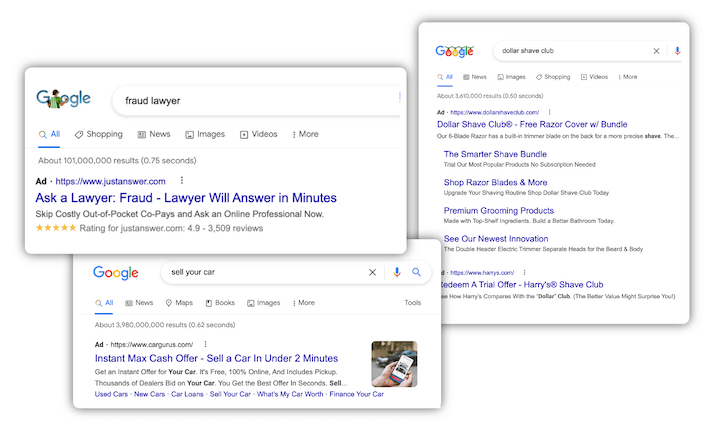
Pay Per Click (PPC) is a form of advertising where advertisers pay for every click. You can either buy visits to your website or rely on organic traffic. This model is most commonly associated with Google Ads and Bing Ads. The ads are displayed by advertisers bidding on keywords for their target market.
PPC advertising can be used on Facebook and other media platforms by paying for the clicks received. PPC advertising's main benefit is its ability to direct targeted traffic toward a website in a cost-effective and controlled way.
What is Video Advertising?
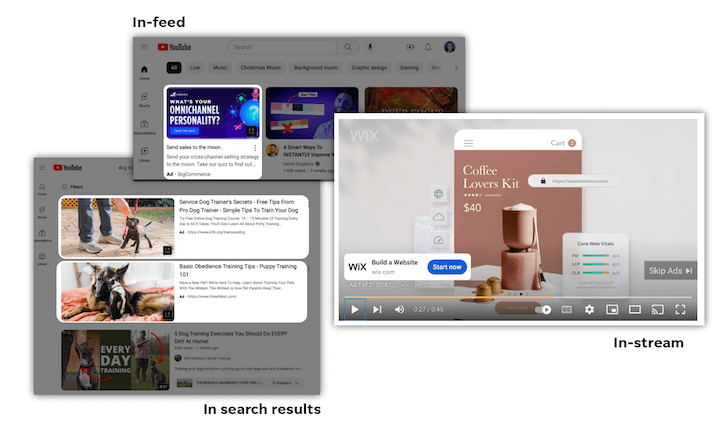
Video advertising is using video content on platforms to promote products, services, or brands. Video ads appear more and more often before, after, or during the streaming of video content. Also, they appear on Facebook, Instagram, or other platforms that allow video content. This is due to their appealing format. These ads effectively grab the attention of the audience. The ads can be used to communicate a narrative or message. These ads are available in various lengths, from short clips to narrative pieces.
Visuals usually accompany them to make the message more impactful. Video advertising allows businesses to tell stories. In this way, companies can establish an emotional connection with audiences. This makes it powerful for increasing brand recognition, engagement, and conversion.
What is Email Advertising?

Email advertising is a marketing strategy that involves sending messages or advertisements directly to a targeted group of people via email. It allows businesses to communicate fundraising messages effectively through this channel. Email advertising offers levels of customization ranging from text-based emails to more complex layouts that incorporate images, videos, and links.
Its purpose is often to inform customers about products, discounts, and special events, nurture leads, and maintain customer relationships. One key aspect that makes email advertising effective is its personalized approach—it enables businesses to reach their audience in an intimate and targeted manner.
What is Social Media Advertising?

Social media advertising is placing ads on social media platforms to reach a specific audience. Social media data allows businesses to target ads based on demographics and interests. These ads are suitable for sponsored posts, videos, and carousel advertisements.
Social media platforms - Facebook, Instagram, Twitter, and TikTok offer advertising tools to help businesses create, manage and analyze their ads. Social media advertising increases brand awareness, engagement, and website traffic by engaging users where they spend time.
What is Native Advertising?
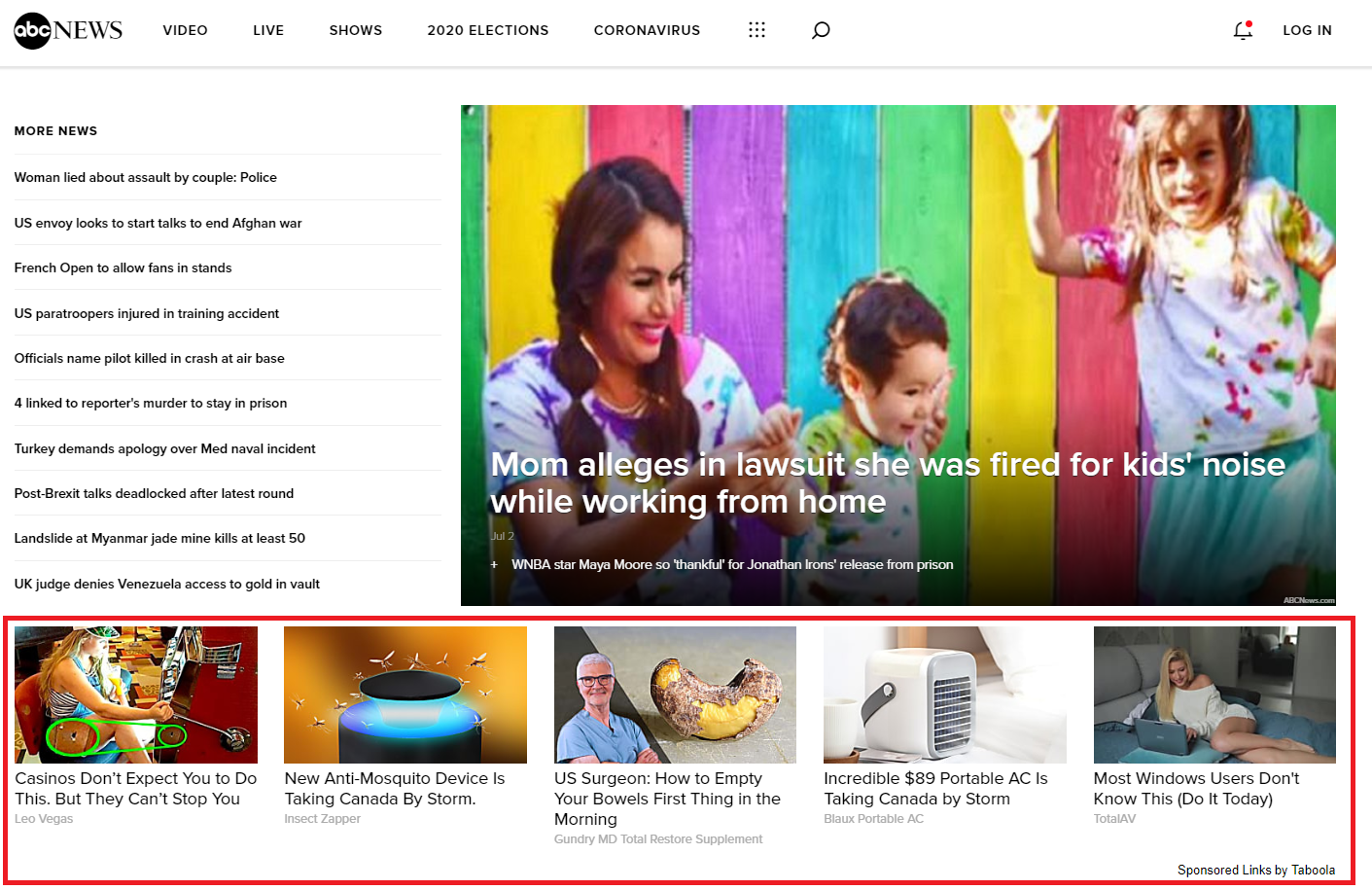
Native advertising represents a form wherein advertisements blend in with the surrounding content to provide users a less disruptive experience. These ads match the appearance, feel, and functionality of the media format they are placed within. They are often seen in publications or integrated into social media feeds as recommended content on web pages.
Native advertising is about making sure it blends seamlessly with the content on a webpage, matches the platform's behavior, and feels like content rather than a blatant advertisement. This subtlety helps to engage viewers and reduce ad fatigue. Native ads are great for creating brand awareness and engagement because audiences can see and share them.
What is Audio Advertising?
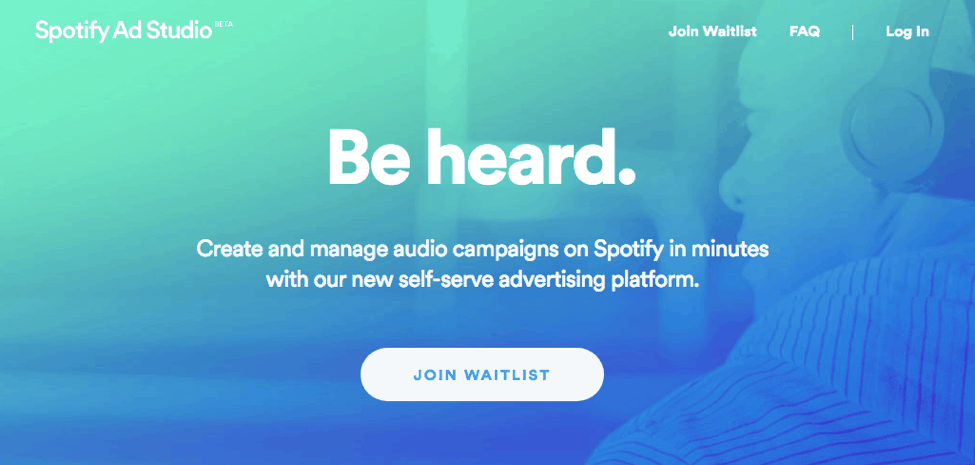
Audio advertising refers to content that is delivered through mediums. You'll often see this advertising in podcasts, radio stations, and music streaming services like Spotify or Apple Music. Audio ads are played between songs or during podcast or radio program breaks. The strength of advertising lies in its ability to reach an audience during activities like driving, working out, or working.
These kinds of ads can be highly targeted based on listener demographics, interests, and listening habits, which makes them an effective tool for reaching audiences. Audio advertising has become an aspect of marketing strategies with the increasing popularity of podcasts and music streaming platforms.
What is Mobile Advertising?
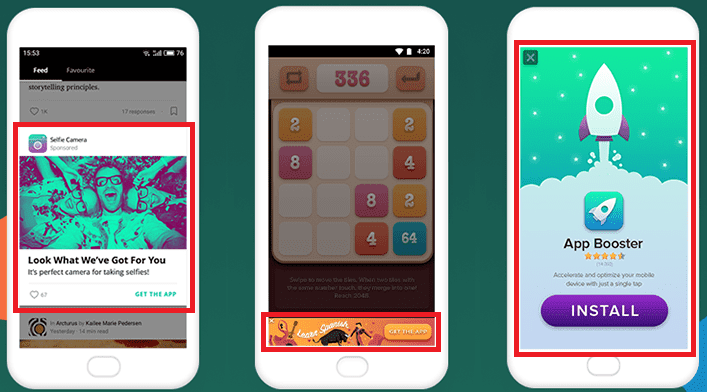
Mobile advertising refers to a type of marketing that targets users who are using smartphones and tablets. It includes ad formats, like banner ads, video ads, and interactive ads that appear on apps, websites, or social media platforms specifically designed for mobile devices. The effectiveness of mobile advertising lies in its ability to connect with consumers wherever they are, taking advantage of the always-connected nature of mobile devices.
Moreover, mobile advertising offers opportunities for location-specific targeting and engagement. In today's world, where mobile internet usage has surpassed desktop usage, it has become an element of digital marketing strategies.
What is Retargeting Advertising?
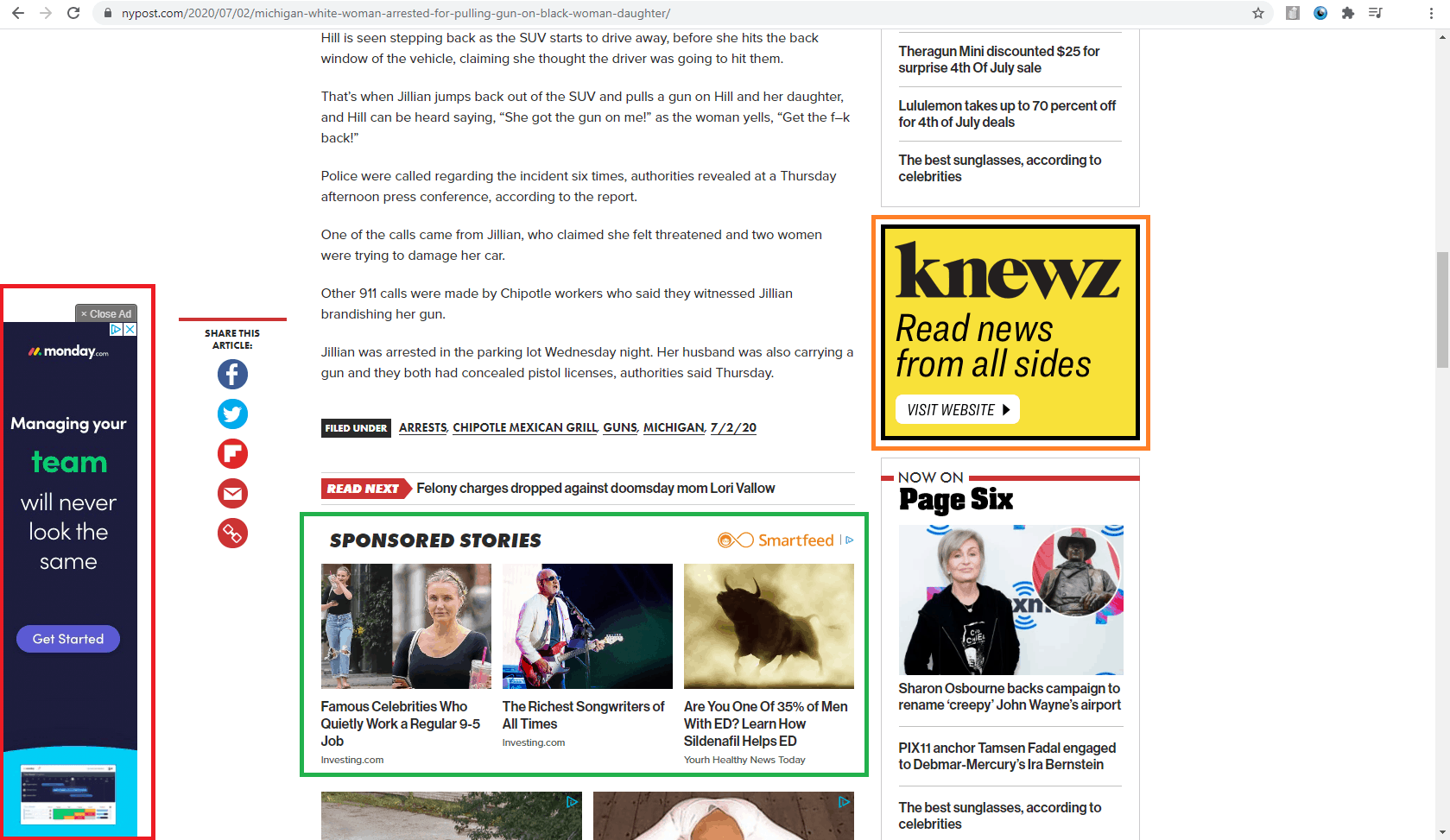
Retargeting advertising is a way to reach out to people who have interacted with your app or website. It involves placing a cookie on a user's device and then displaying advertisements related to content viewed by the user when they browsed sites or platforms.
This strategy attempts to re-engage customers who may have yet to take action or make a sale during their visit. Retargeting is successful because it focuses only on those who have expressed interest in the product or service. This increases conversions.
What is Influencer Advertising?
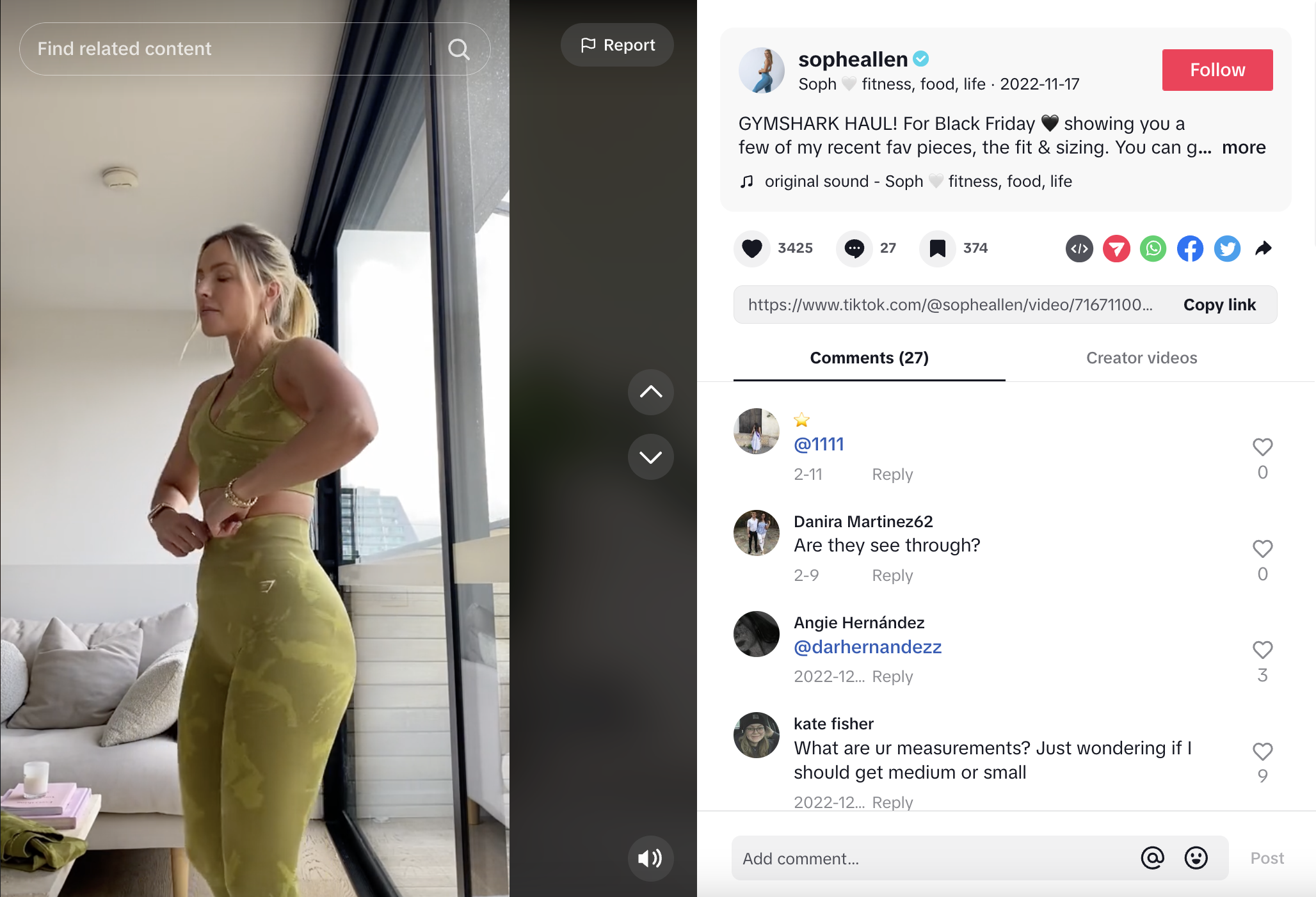
Influencer advertising involves collaborating on products, brands, and services with those following you on social media. Influencers can include celebrities, industry experts, or content creators. These influencers use the trust they've built with their audiences to promote or mention products. This kind of advertising works because it is authentic, and the influencer recommends it. Sponsored posts, product reviews, and collaborative creation of content are all possible.
Platforms like Instagram, YouTube, and TikTok have become viral for influencer marketing. They allow businesses to target specific demographics while boosting brand visibility and driving engagement.
Digital Marketing for Dentists: Effective Way To Grow Your Practice
The Importance of Digital Marketing
Digital Marketing Analytics 101: Best Way to Spice Up Campaigns
Guide to Hospitality Digital Marketing | The Powerful Strategies
Digital Marketing Strategy Examples: A Guide to Your BRAND Success
Types of Digital Advertising: Essential Knowledge for Business Growth






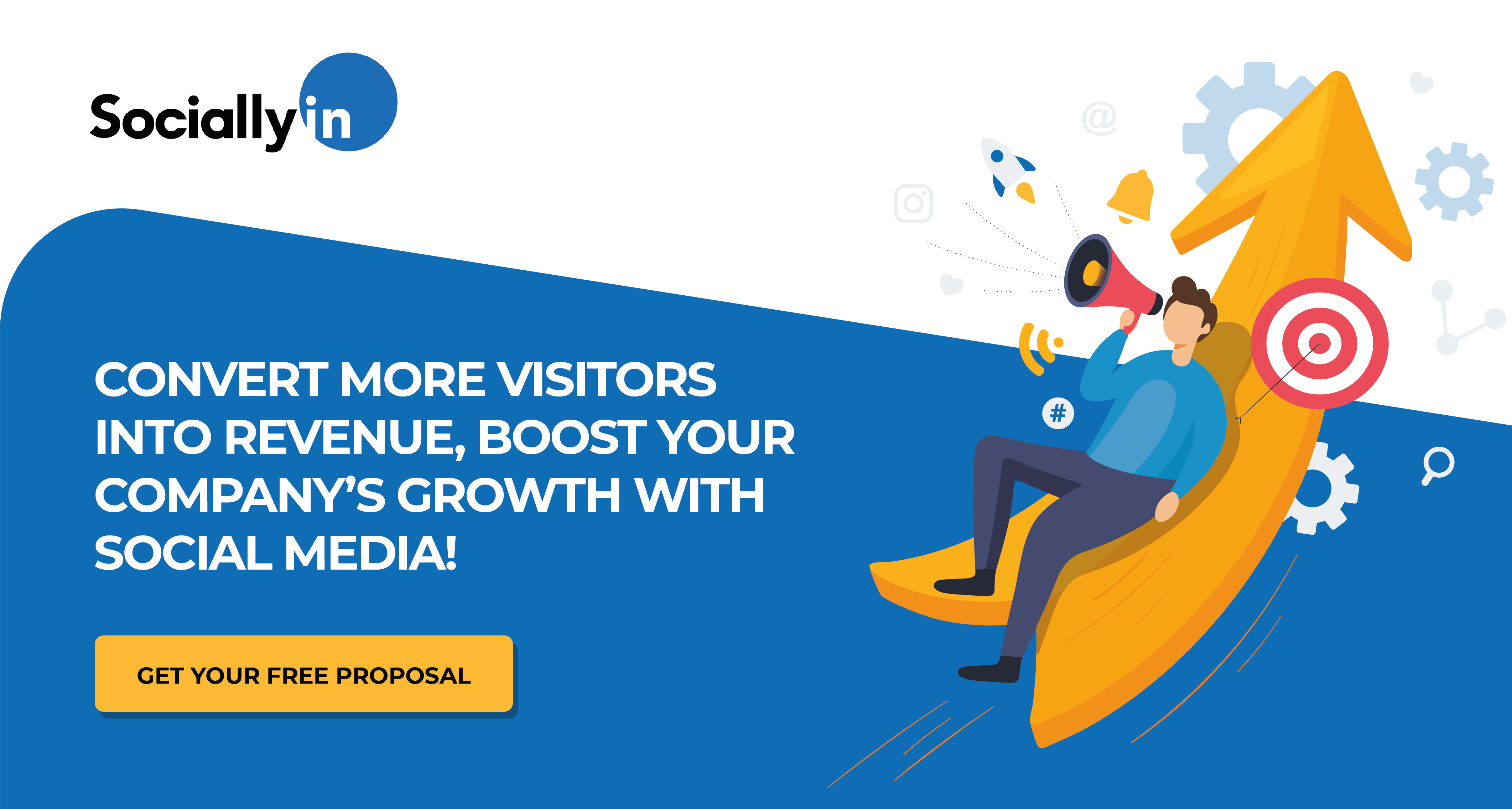

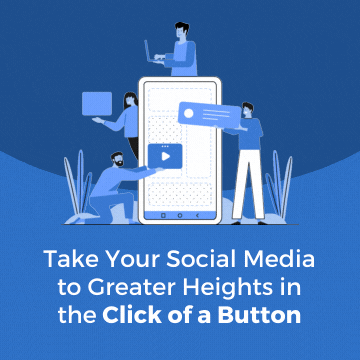






Your Comments :